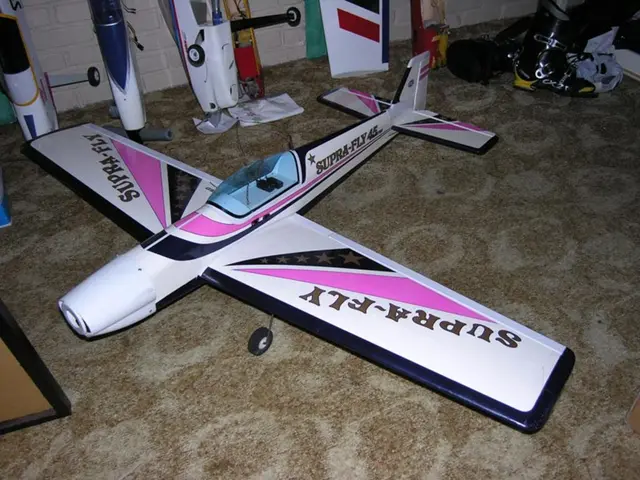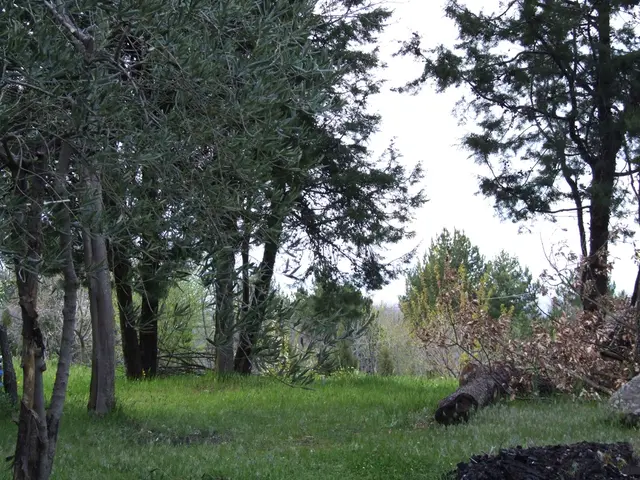Microsoft's Aurora Model Revolutionizes Earth System Forecasting
Researchers at Microsoft Research, led by Paris Perdikaris, have created a groundbreaking machine learning model called Aurora. This model excels in forecasting various Earth systems with remarkable accuracy and efficiency.
Aurora's prowess was evident in predicting Typhoon Nanmadol's wave patterns and heights in 2022, surpassing expectations. It achieved this by analyzing prevailing wind patterns. The model's enhanced accuracy stems from its ability to identify subtle data patterns and correlations, and its neural network architecture that captures complex physical processes at multiple scales.
Aurora's success isn't limited to one event. It accurately predicted Typhoon Doksuri's landfall in 2023 four days ahead, outperforming official forecasts. This model also excels in predicting tropical cyclone tracks, air quality, and ocean wave heights at a fraction of the cost and time of traditional methods. Aurora's speed comes from learning patterns directly from data and leveraging graphics processing units.
The model's versatility is further enhanced by transfer learning. This allows Aurora to improve predictive performance across different domains, such as atmospheric dynamics, air quality modeling, and tropical cyclone formation. It's trained on over one million hours of diverse geophysical data, including temperature, wind speeds, humidity, ocean wave heights, and atmospheric chemical compositions.
Aurora has proven its mettle in various Earth system predictions, outperforming official forecasts. The team aims to extend its capabilities to local and regional weather, seasonal weather, and extreme weather events like floods and wildfires. Despite its impressive track record, no public release date has been specified for these AI models.
Read also:
- Hydrogen set to revolutionize India's space expeditions, transportation sector, and clean energy ambitions, according to ISRO Chairman's claims
- Strategic approach to eco-friendly nickel production for electric vehicles in Europe
- Solar energy company, Imperium, alongside QORAY Mobility & Energies Solar Business, bolsters Nigeria's environmental future by producing superior solar panels domestically and offering flexible payment options.
- AI Inspection Company, Zeitview, Secures $60 Million Funding for Expansion








